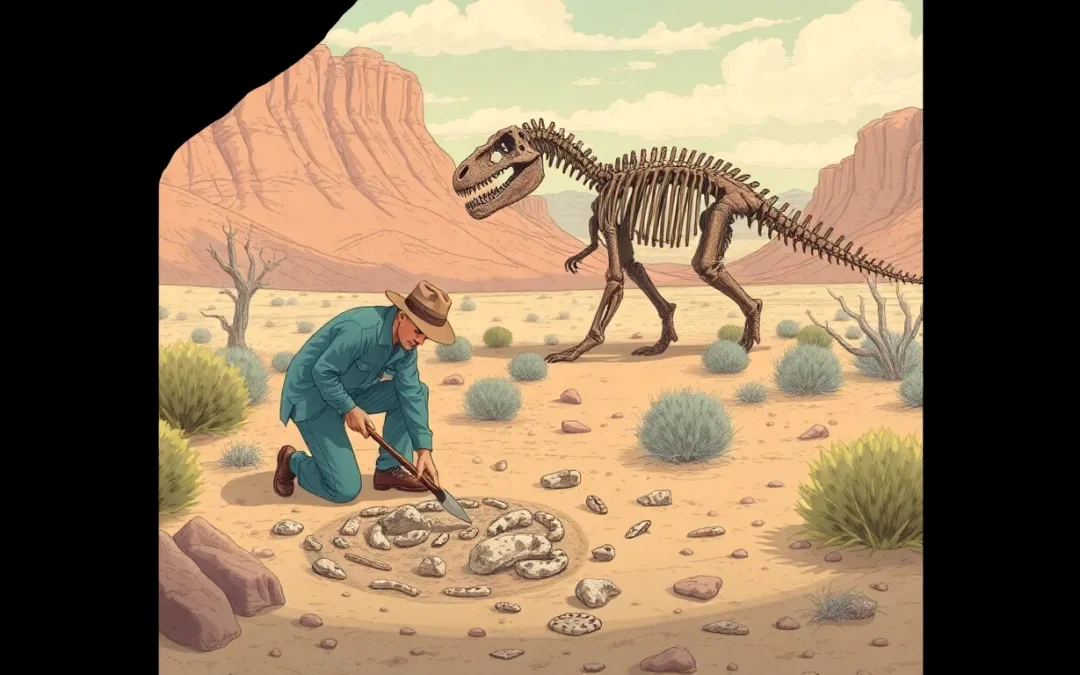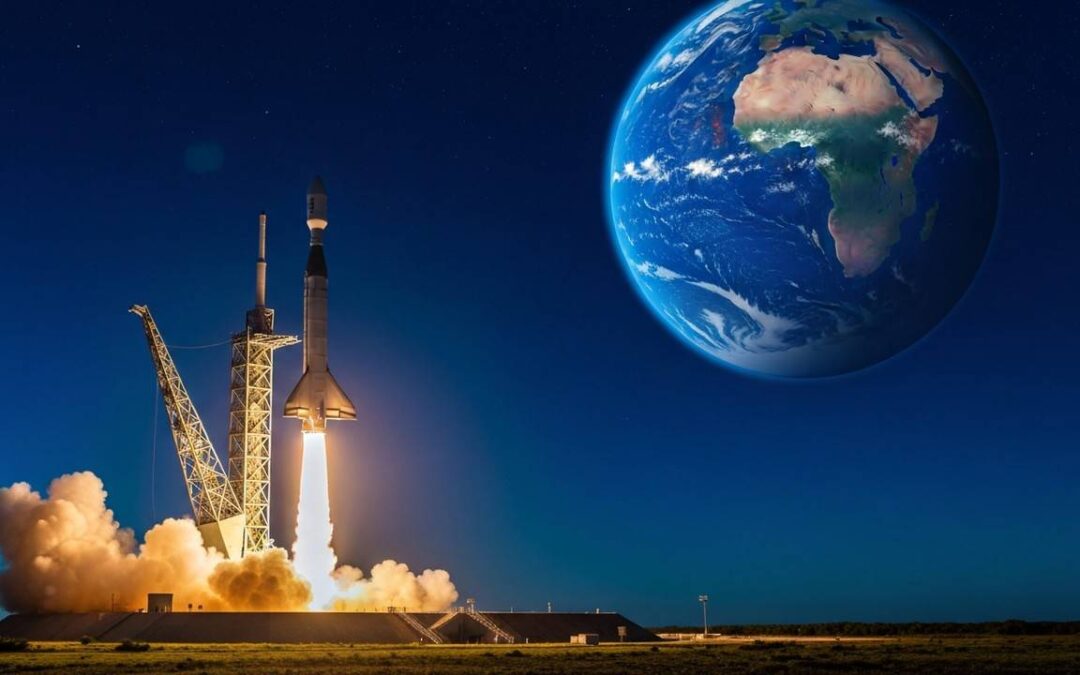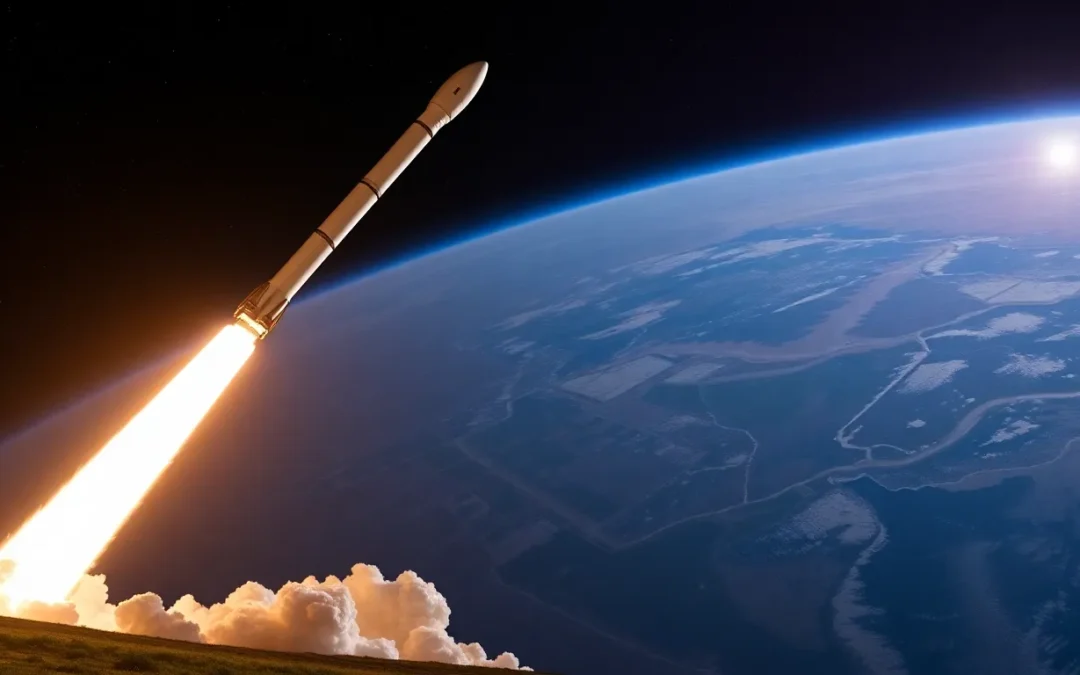Environmental tipping points, like hidden dominoes, signal where small environmental changes can trigger large, often irreversible, shifts. To understand these critical thresholds is to understand the urgency of our planet’s situation. This guide helps you to understand environmental tipping points, which are closer than you think, demanding immediate awareness and proactive measures. We will explore several key areas where our planet is on the brink of significant change.
Table of Contents
We Also Published
Environmental tipping points represent critical thresholds where minor alterations can trigger substantial, often irreversible, changes in the environment. These points, although seemingly distant, are rapidly approaching. Understanding these tipping points is crucial for informed decision-making and proactive measures to mitigate their impact. You will learn to identify these critical points and understand their implications.
The Arctic Ice-Free Caps: A Looming Threat
The Arctic is experiencing an unprecedented rate of ice loss. Scientists suggest ice-free summers within the coming decades, a stark indication of the accelerating changes. According to NASA, the Arctic ice minimum has declined by 13% per decade. This alarming statistic underscores the immediacy of change and its far-reaching consequences.
Rising Sea Levels and Ecosystem Disruption
The melting ice results in rising sea levels, disrupting ecosystems and altering global weather patterns. Coastal communities face increasing risks, which affect real estate markets and require costly infrastructure adjustments. Wildlife, such as polar bears, faces existential threats, pushing ecosystems out of balance.
The opening of new shipping routes due to melting ice sparks geopolitical tensions over unclaimed resources and territorial waters. These changes highlight the complex interplay between environmental, economic, and social factors in the face of climate change. The need for global cooperation becomes even more critical.
Amazon Rainforest Dieback: From Rainforest to Savannah
The Amazon rainforest, a cornerstone of biodiversity and climate regulation, faces a critical tipping point. Deforestation, fires, and climate change are pushing it towards a potential transformation from a rainforest to a savannah. The consequences of this shift would be catastrophic for global carbon dioxide levels and biodiversity.
Impact on Carbon Dioxide Levels and Biodiversity
Imagine the Amazon no longer absorbing carbon dioxide but releasing it instead. This would exponentially accelerate climate change, influencing weather patterns and ocean currents. The loss of biodiversity would mean fewer species and genetic resources, impacting medicine, agriculture, and our understanding of life itself.
Protecting the Amazon isn’t just about saving trees; it’s about preserving the intricate web of life that sustains us. This underscores the need for immediate and sustained efforts to combat deforestation and mitigate climate change. The Amazon’s health is directly linked to the health of the planet.
Coral Reef Bleaching: Underwater Ecosystems at Risk
Coral reefs, vibrant underwater ecosystems, are increasingly vulnerable to bleaching, a process where stressed corals expel algae. This causes them to turn white. Mass bleaching events have become more frequent, pushing reefs closer to a point where recovery becomes almost impossible. The health of coral reefs affects human populations, supporting fisheries and attracting tourists.
Threats to Marine Life and Human Populations
Bleaching events threaten these benefits, leading to economic and food security challenges. Minimizing pollution and reducing carbon emissions are crucial steps in helping reefs regain their resilience. This includes supporting sustainable practices in tourism and fisheries to protect the reefs.
The interconnectedness of marine ecosystems and human well-being is evident. Protecting coral reefs requires a multifaceted approach involving both local and global efforts. The future of these ecosystems is closely tied to our actions.
Similar Problems (Quick Solutions)
Problem 1
What is the main cause of coral bleaching? Answer: Rising ocean temperatures.
Problem 2
What is the effect of melting permafrost? Answer: Release of methane.
Problem 3
What is the main cause of rising sea levels? Answer: Melting ice and thermal expansion.
Problem 4
What is the impact of ocean acidification? Answer: Threatens marine life.
Problem 5
What is the primary driver of biodiversity loss? Answer: Habitat destruction.
Key Takeaways
Understanding environmental tipping points is crucial for addressing climate change and protecting the planet. The interconnectedness of these systems highlights the need for immediate and sustained action. By recognizing these threats, you can contribute to a more sustainable future.
| Tipping Point | Impact | Actions to Take |
|---|---|---|
| Ice-Free Caps | Rising sea levels, altered weather | Reduce emissions, support sustainable practices |
| Amazon Dieback | Accelerated climate change, biodiversity loss | Combat deforestation, promote reforestation |
| Coral Bleaching | Threat to marine life and human populations | Reduce pollution, minimize carbon emissions |
| Thawing Permafrost | Release of methane, accelerated climate change | Reduce emissions, support climate action |
| Ocean Acidification | Threat to marine life | Limit carbon emissions, promote ocean health |
Also Read
RESOURCES
- Understanding climate tipping points - ESA
- Global Tipping Points | understanding risks & their potential impact
- Understanding Climate Tipping Points | World Wildlife Fund
- Explainer: The Tipping Points of Climate Change | Earth.Org
- Planet's first catastrophic climate tipping point reached, report says ...
- Dangerous climate tipping points will affect Australia. The risks are ...
- Tipping points in the climate system - Wikipedia
- Beyond the Tipping Point: Understanding Perceptions of Abrupt ...
- Climate tipping point interactions and cascades: a review - ESD
- How Close Are the Planet's Climate Tipping Points? - The New York ...
- Exceeding 1.5°C global warming could trigger multiple climate ...
- Johns Hopkins Scientists Leverage AI to Discover Climate 'Tipping ...
- Climate Tipping Points Are Closer Than Once Thought
- Cultural Evolution of Sustainable Behaviors: Pro-environmental ...
- Climate Tipping Points | OECD
From our network :
- JD Vance Charlie Kirk: Tribute and Political Strategy
- Bitcoin price analysis: Market signals after a muted weekend
- Optimizing String Concatenation in Shell Scripts: quotes, arrays, and efficiency
- Optimizing String Concatenation in JavaScript: Template Literals, Join, and Performance tips
- The Diverse Types of Convergence in Mathematics
- Limit Superior and Inferior
- Economic Importance of Soybeans in America: The $60 Billion Crop That Feeds the World
- Limits: The Squeeze Theorem Explained
- Bitcoin Hits $100K: Crypto News Digest








0 Comments